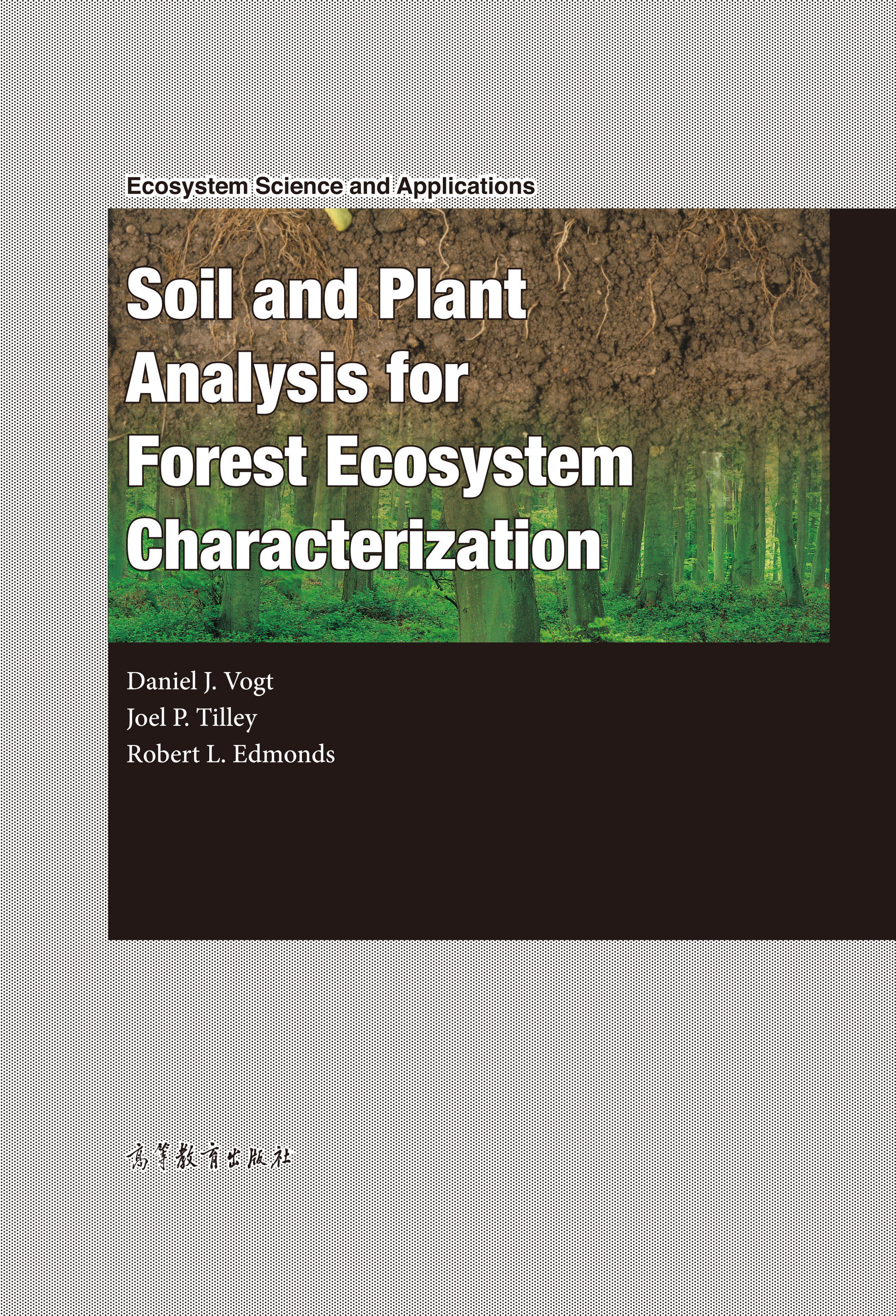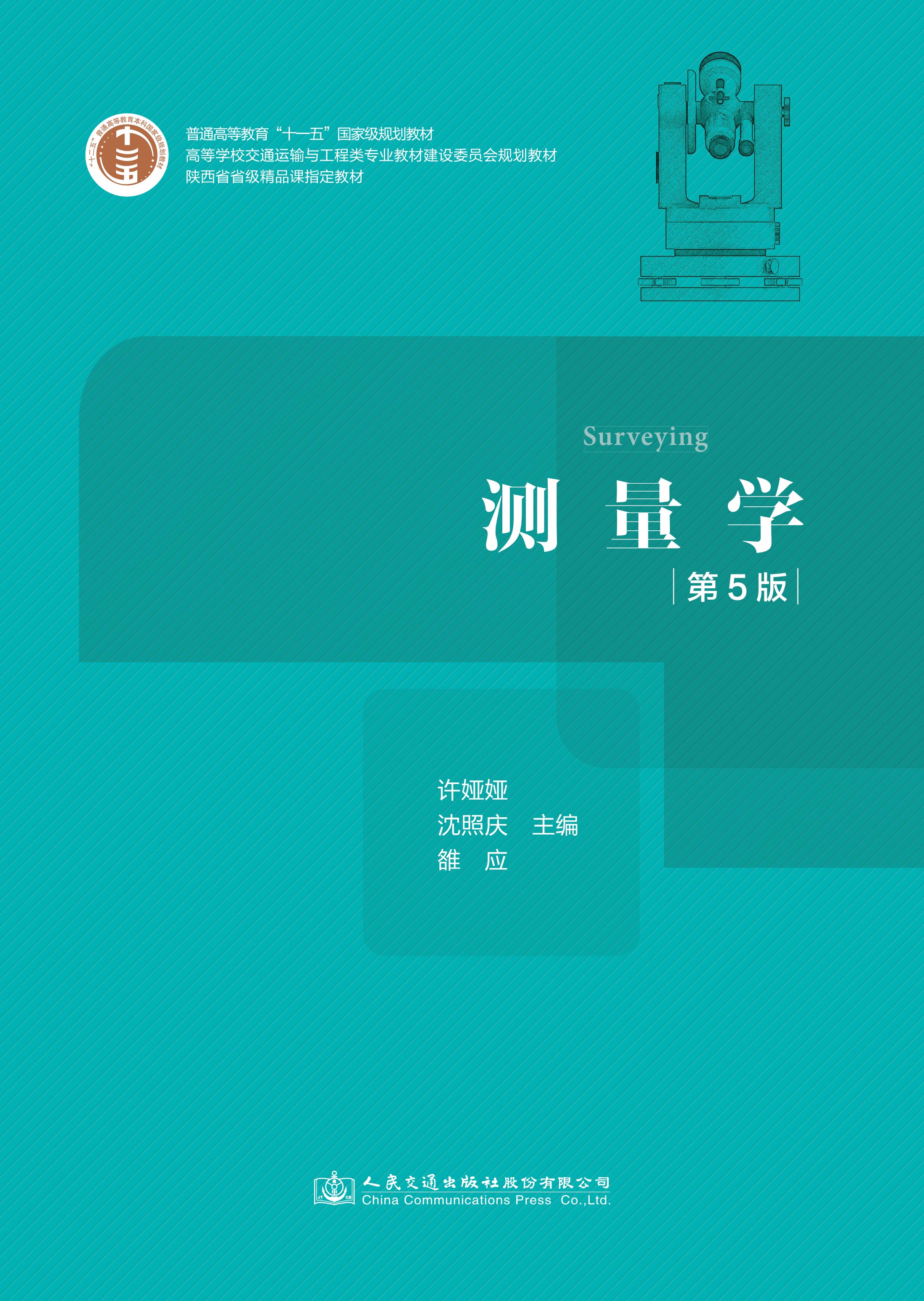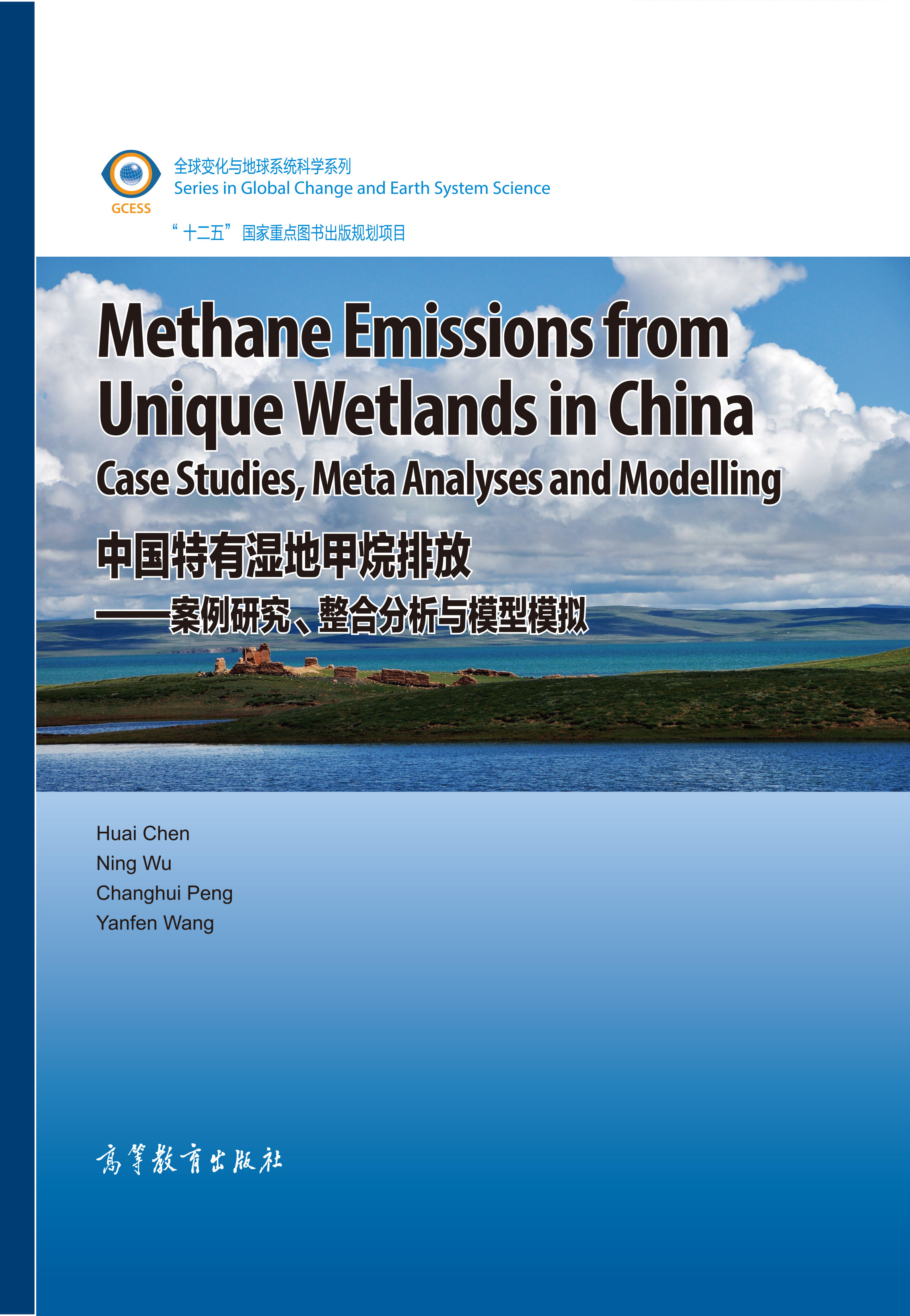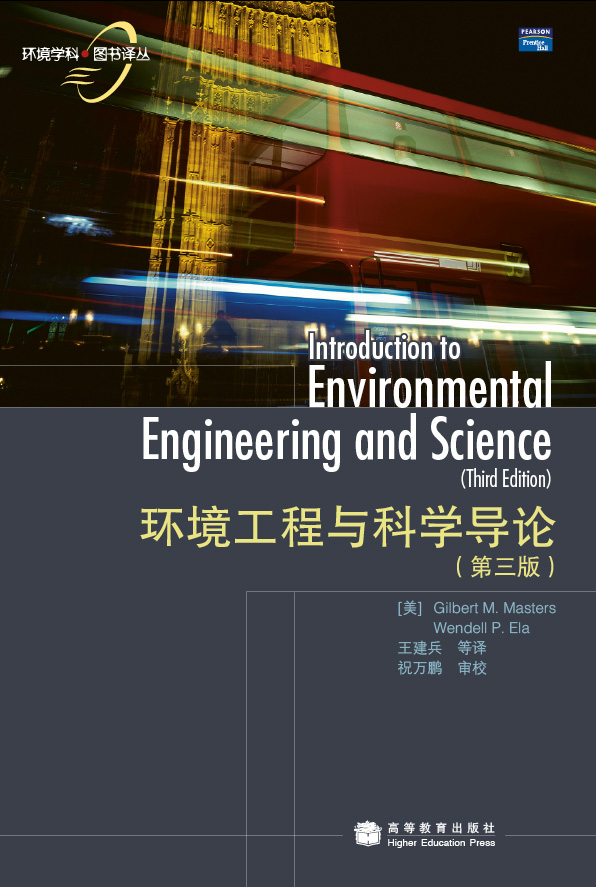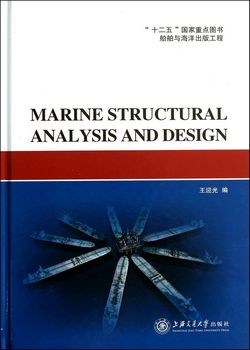《森林生态系统土壤和植物分析(英文版)》介绍了土壤和植物分析的方法,将减少在森林中因不当操作引起的风险,同时强调质量保证和质量控制,使研究人员有信心相信他们分析获取的森林土壤信息是可信的。《森林生态系统土壤和植物分析(英文版)》中讨论了用于采样设计、收集、分析土壤的化学和生物特性的基本物理测定过程。这些流程大多对于理解生态系统和环境的土壤特性至关重要,如营养循环,土壤固碳和危险废物处置等,其分析结果有助于制定更合理的资源管理决策。《森林生态系统土壤和植物分析(英文版)》可供研究土壤和植物分析的师生作为教材使用,也可作为实验室分析指南和环境科学研究人员的参考书。
森林生态系统土壤和植物分析(英文版)
2015-02-03
高等教育出版社
“十二五”国家重点图书
- 高等教育出版社
- 9787040350760
- 1版
- 44950
- 46254530-2
- 精装
- 16开
- 2015-02-03
- -
- 330
- 221
- -
- 农学
- 林学
- 0907
- S718.51
- 环境类
- 研究生及以上
- -
- -
- -
- -
前辅文
Part I Context of Soil and Plant Analysis
1 Overview of Soil and Plant Analysis for Forest Ecosystems
1.1 Soils are Physically, Chemically and Biologically Complex
Part II Introductory Methods in Soil and Plant Analyses
2 Field Characterization of Soils to Establish Sampling Protocols
2.1 Soil Sampling Design and Methods
2.1.2 Soil Sample Process Procedure
3 Plant Tissue Characterization
3.1 Tissue Sampling
3.2 Tissue Preparation and Laboratory Extraction
4 Introduction: Laboratory Practices
4.1 General Laboratory Protocol
4.1.1 Safety
4.1.2 Laboratory Water
4.1.3 Clean-up
4.1.4 Waste Disposal
Part III Soil Physical, Chemical and Biological Analyses
5 Methods for Analyzing Soil Physical Characteristics
5.1 Soil Moisture
5.1.1 Direct Methods of Estimating Soil Moisture and Soil Water Potential
5.1.2 Procedure to Determine Gravimetric Water Concentrations
5.2 Soil Bulk Density
5.2.1 Soil Bulk Density Methods
5.3 Soil Texture (Particle Size Analysis or Mechanical Analysis)
5.3.1 Soil Texture Methods
5.4 Soil Water Potential
5.4.1 Pressure Plate Apparatus Procedure: Soil Moisture Release Curve
6 Soil Chemical Characterization
6.1 Soil pH
6.1.1 Measuring pH
6.1.2 The Care of pH Electrodes
6.2 Electrical Conductivity (EC)
6.2.1 Saturated Paste Extract Procedure: Electrical Conductivity
6.3 Ion Exchange in Soils
6.3.1 Cation Exchange Capacity
6.3.2 Exchangeable Cations
6.3.3 Extraction Procedures for Exchangeable Cations and Cation Exchange Capacity
6.4 Exchangeable Soil Acidity
6.5 Extractable Inorganic Soil Nitrogen
6.5.1 Extraction Methods for Inorganic Soil Nitrogen
6.6 Soil Phosphorus
6.6.1 Methodology for Measuring Soil Phosphorus
6.6.2 Procedure: Extractable Inorganic Phosphorus
6.7 Soil Carbon and Organic Matter
6.7.1 Dry Combustion Procedure: Total Soil Carbon and Nitrogen
6.7.2 Loss on Ignition (LOI) Procedure: Total Soil Organic Matter
6.7.3 Walkley-Black Procedure: Soil Carbon
6.8 Selective Dissolution of Iron and Aluminum
6.8.1 Extraction Procedure: Organically Complexed Iron and Aluminum
6.8.2 Extraction Procedure: Non-crystalline Soil Iron and Aluminum Oxides
7 Total Plant and Soil Nutrient Analysis (Digestion)
7.1 Wet Oxidation Method
7.2 Dry Oxidation Method
7.3 Total Dissolved Carbon and Nitrogen in Water
7.4 Modified Kjeldahl Digest Procedure: Sulfuric Acid Digest for “Total” Nutrients
7.5 “Total” Nutrient Analysis Procedure:Dry Ashing Followed by Nitric Acid Digest
7.6 Total Dissolved Nitrogen in Water Procedure:Persulfate Oxidation
8 Soil Biology Characterization
8.1 Soil Microbes
8.1.1 Archaea and Bacteria
8.1.2 Fungi
8.1.3 Soil Algae and Cyanobacteria (Blue-green Algae)
8.2 Methods for Determining Soil Microbial Diversity and Populations—Numbers and Biomass
8.2.1 Direct Culture, Microscopy and Image Analysis
8.2.2 Microbial Numbers and Microbial Biomass
8.3 Mycorrhizas
8.3.1 Types of Mycorrhizas
8.3.2 Sampling Mycorrhizas
8.3.3 Determination of Mycorrhizal Fungal Species
8.3.4 Ectomycorrhizal Quantification
8.3.5 Identification of Ectomycorrhizal Sporocarps
8.3.6 Quantification of Arbuscular Mycorrhizal Colonization
8.4 Indirect Indices for Soil Biological Activity
8.4.1 Soil Respiration
8.4.2 Decomposition Rates of Litter
8.4.3 Soil Enzymes
8.4.4 Functional Biodiversity—Phospholipid Ester-linked Fatty Acids (PLFA) and Substrate Utilization Profiles
8.4.5 Molecular Tools for Ecological Systems
8.5 Soil Invertebrates
8.5.1 Macrofauna with Emphasis on Earthworms
8.5.1.1 Extraction Methods
8.5.2 Mesofauna
8.5.3 Microfauna
8.6 Nitrogen Transformations
8.6.1 Nitrogen Fixation
8.6.2 Denitrification
Appendices
References
Subject Index

